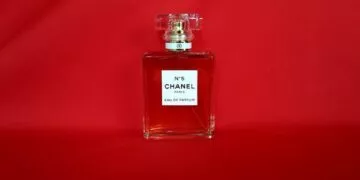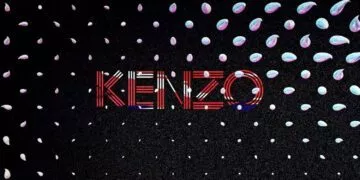These days, almost everyone uses perfume to make themselves feel attractive and confident.
But who would’ve thought that women in the 19th century used perfume as a beverage? This just proves that perfume, like any other thing, has evolved through the years.
So, buckle up as we go time-traveling to discover the exciting history of perfume!
Ancient Egyptians started using perfume for different purposes as early as 3000 BC.
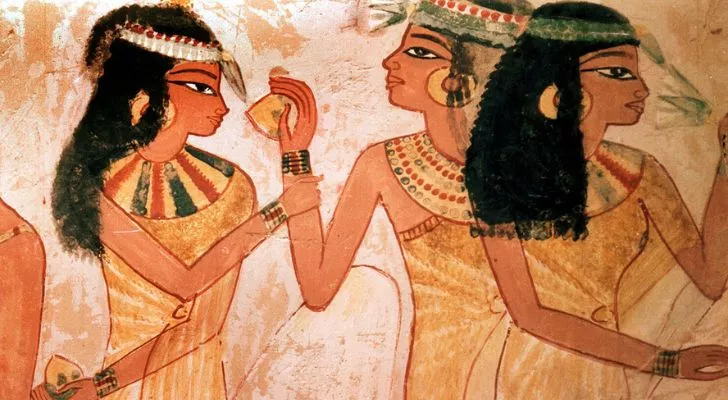
Ancient Egyptians used perfume to celebrate religious ceremonies; this has been discovered thanks to the recipes inscribed on the walls of temples built in Ptolemaic Egypt.
They also used perfume for mummification because they considered a pleasant smell a sign of holiness.
Kyphi was the most popular perfume used for mummies as a temple incense. A drink was also made from it with healing properties that treated ailments like asthma.
Like today, Ancient Egyptians valued personal hygiene, so they softened and cleansed their skin with perfume to prevent foul odors.
For making perfume, Ancient Egyptians used a perfume-making technique called enfleurage and used ingredients like moringa, linseed, sesame, and castor oils.
Archaeologists found Taputti’s perfume formula, which was made in 1200 BC.
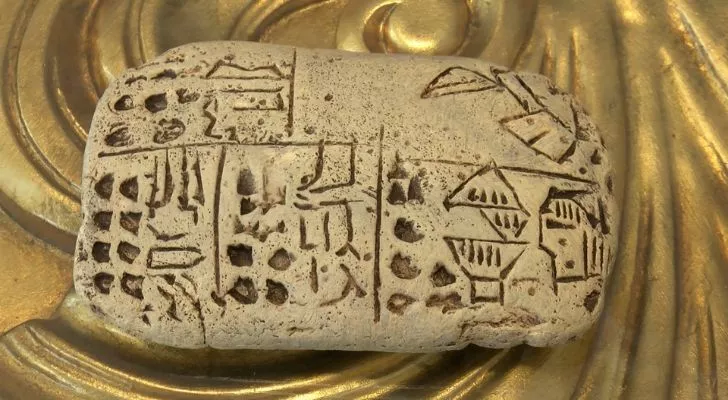
Tapputi-Belatekallim was the first recorded chemist, working as a perfumer in Mesopotamia.
Her work was written in Akkadian on cuneiform tablets, and after translating it, perfume experts discovered that she already used the perfume-making techniques (like distillation and cold enfleurage) we use today.
According to an ancient perfume expert, Taputti made perfumes using flowers, tree resin, spices, and plants.
One surviving recipe of Taputti was said to be a fragrant salve made for the Babylonian king. Two of Taputti’s tablets can be found in Louver Museum in Paris and Girl Museum in Germany.
Ambergris was first used in the 10th century.
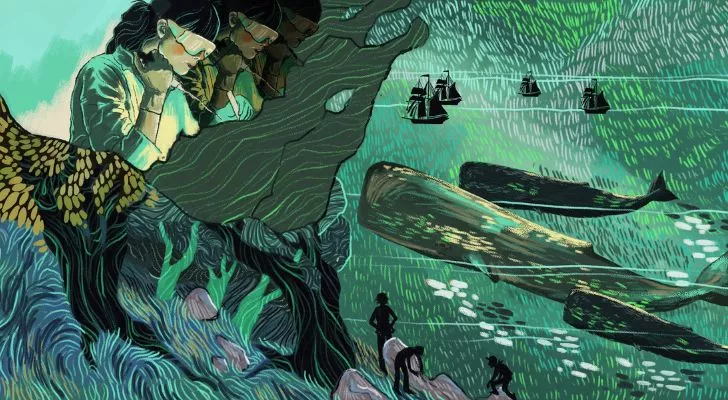
When making perfume, the longevity of its scent is one of the most important factors to consider; that’s why ambergris is added to perfumes. This ingredient will make your eyes widen, though, as it’s made in the intestines of sperm whales… and (due to its rarity) can cost as much as $7,000 per pound (453 g)!
Some examples of perfume companies that use ambergris are Chanel, Creed, and Roja Parfums.
But ambergris isn’t the only weird ingredient of perfumes. Civet, castoreum, and musk are also strange things used to make perfume better – they’re obtained from the anal glands of different animals.
Eau de Toilette was made in the 14th century.
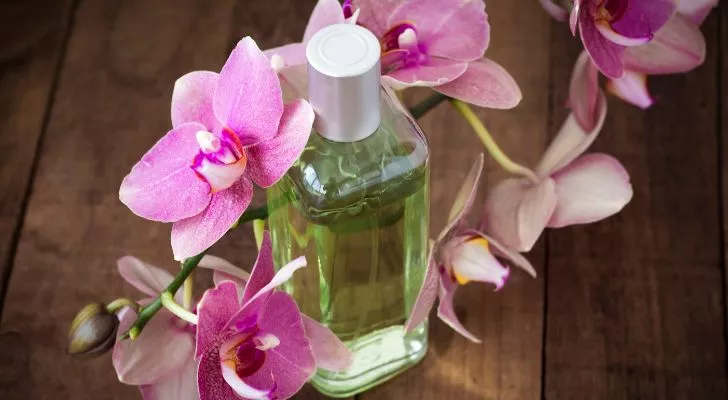
Toilet water, the English translation of Eau de Toilette, might sound like an unpleasant smell, but it’s actually the most sold type of fragrance because it’s less expensive, making Eau de Toilette ideal to use daily.
An unknown Hungarian man is known to be the inventor of Eau de Toilette. It’s been said that Eau de Toilette was made for Queen Elizabeth of Hungary at her command. This resulted in the first alcohol-based perfume, Hungary Water.
Lemon, orange flower, thyme, and rosemary tones were with an alcohol solution to make Hungary Water.
Eau de Cologne was made in the 18th century.
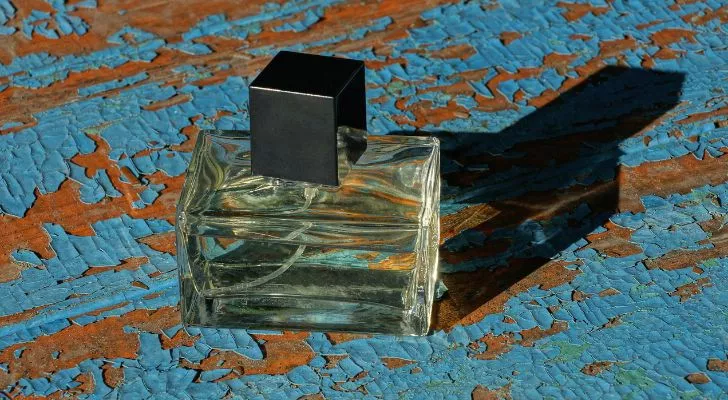
Johann Maria Farina invented Eau de Cologne after feeling homesick.
Farina even wrote to his brother in 1709: “I have discovered a scent that reminds me of an Italian spring morning, of daffodils and orange blossoms after the rain.”
But Farina named his invention after where he lived after emigrating from Italy – Cologne, Germany.
When you visit Cologne, you’ll see the Farina Fragrance Museum, where you can learn about the humble beginnings of Farina and his Eau de Cologne’s rise to popularity through a guided tour.
Eau de Cologne became so popular that even Napoleon Bonaparte loved its scent – ordering 50 bottles of Eau de Cologne every month.
4711 Original Eau de Cologne was launched in 1792.
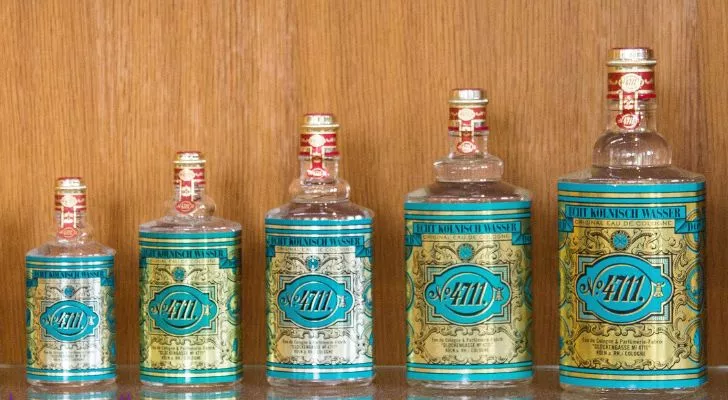
Wilhelm Muelhens introduced 4711 Original Eau de Cologne, the oldest perfume still manufactured today.
It’s a unisex perfume that smells like citrus due to its ingredients like lemon, orange, and bergamot, but it was first marketed as a health drink.
4711 Original Eau de Cologne was named after the house number that Charles Laurier, a French soldier, had given to the Mülhens’ Glockengasse building in 1796 for billeting soldiers. The building used to be 4711’s factory but has since been renovated and is a tourist attraction today.
Perfumes started being mass-produced in the 19th century.
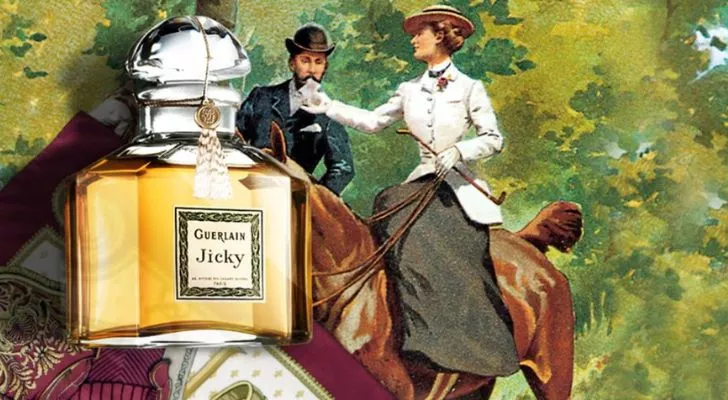
The addition of synthetic chemicals made perfumes more affordable to the general public.
And this became the starting line for modern perfumery, wherein alcohol-based perfumes became more prevalent than oil-based.
The first perfume to include synthetic ingredients was Jicky by Guerlain in 1889 – the same year the Eiffel Tower was built in France. Jicky was primarily made up of lavender and vanilla smells, with a small amount of citrus and the classic Guerlain bouquet as supporting components.
Chanel was also one of the pioneers of making synthetic perfumes, launching Chanel N° 5 in 1921. Its scent formula was created by a Russian-French perfumer named Ernest Beaux.
It’s believed that Beaux’s assistant accidentally added more aldehyde to the perfume, which turned out to be a revolutionary mistake.
Celebrity perfumes started in the early 1980s.
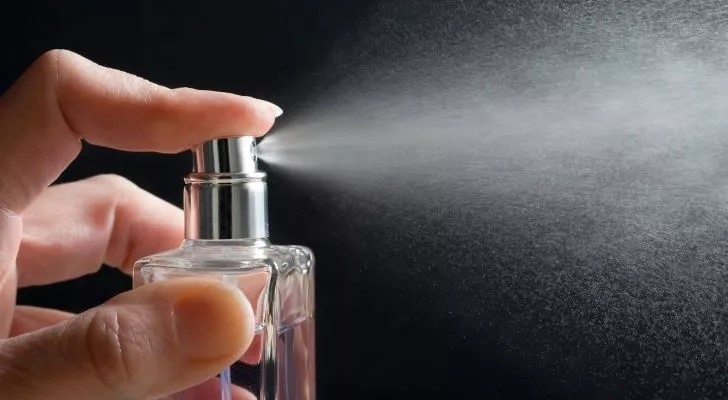
Sophia Loren was the first celebrity to launch her own perfume in 1981.
Then came other celebrity perfumes, like Cher’s Uninhibited and Elizabeth Taylor’s Passion in 1987. But Elizabeth Taylor made the most significant impact on celebrity perfume as her second perfume, White Diamonds, launched in 1991 and became a massive success.
Today, many celebrities, including Ariana Grande, Katy Perry, and Taylor Swift, have their own perfume line.
Scientists have been trying to recreate Cleopatra’s perfume since 2012.
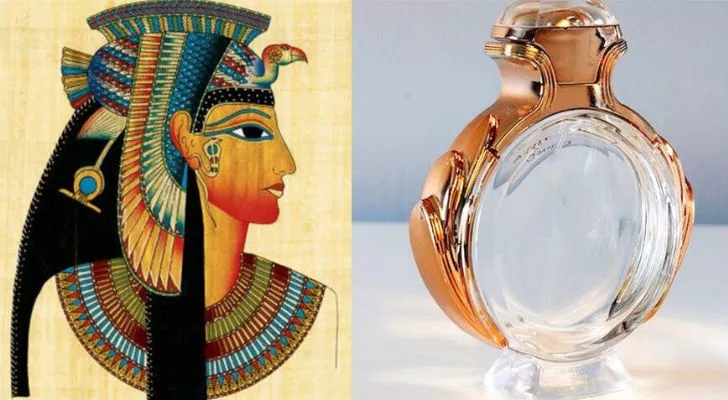
Cleopatra, a queen that once ruled Ancient Egypt, used a perfume called Mendesian, described as intense, spicy, and slightly musky. Researchers believe her perfume consisted of myrrh, cinnamon, and essential oils.
The idea of recreating Mendesian started when archaeologists discovered remains of what’s said to be a 2,300-year-old perfume factory.
And in September 2021, a research paper called “Eau de Cleopatra” was published in Near Eastern Archaeology, explaining how researchers were able to reproduce her perfume.
Knowing the historical dates of perfume can leave you reminiscing as you spray your signature scent.
The different purposes of perfume back in the day and how methods for making fragrances were already done thousands of years ago might also make your jaw drop.
You might even wonder what unique ingredients are in the perfume you often use that make people around you close their eyes, followed by one deep sniff!


